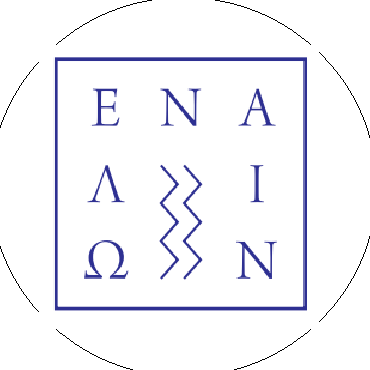MetroArchaeo 2023 Conference in Rome
Participation in the conference Metrology for Archaeology and Cultural Heritage - MetroArchaeo 2023 in Rome. Presentation of two posters under the framework of the "SPECIAL SESSION #21: Remote sensing methods and approaches for Underwater Cultural Heritage research and management" organized by Crescenzo Violante (ISPC – CNR), Barbara Davidde (Ministry of Culture, Italy) and Nikos Papadopoulos (IMS-FORTH).





